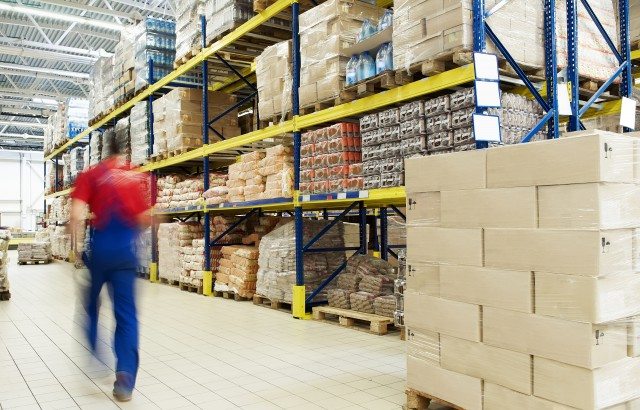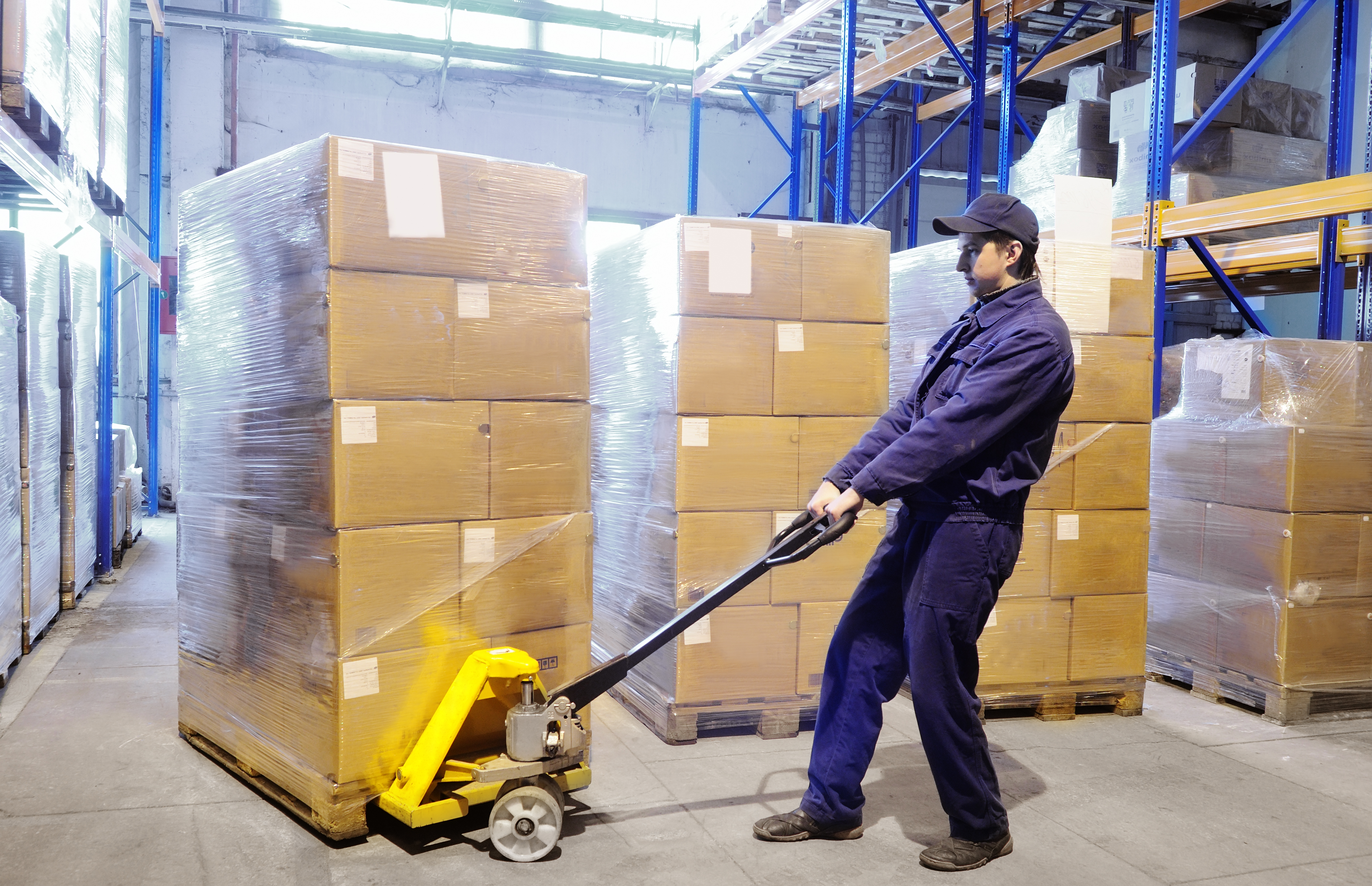With Internet, e-commerce and wireless connectivity, intralogistics plays an important role for businesses to expand and scale.
Dr. Christoph Beumer, chairman and CEO of the Beumer Group shares more.
Q: What are the trends that are currently important in intralogistics?
Dr Beumer: Intralogistics is a cornerstone of the global economy.
For companies it is no longer a necessary evil; it is crucial for gaining a competitive edge and creating added value.
Moreover, it opens the way to new business models, such as e-commerce and customization of products and services.
We have all discovered how convenient it is to order goods via the Internet.
Online shops are open all the time, and customers can shop anywhere and at any time from a computer, tablet or smartphone.
If they do not like what they have bought, they just send it back.
Q: What new challenges has this created for intralogistics?
Dr. Beumer: The demand for reliable, flexible delivery is steadily growing.
In online retailing same-day delivery has almost become standard, especially with groceries. Customers expect to get what they ordered right away, whether it is frozen pizza, strawberry ice cream or lettuce.
This trend is accompanied by an atomization of orders.
Businesses and individuals have no notion of the effort involved when they order a product and then a second one a few minutes later and expect the two to be combined in a single delivery – and when the package comes to the house, please ring only once.
The increasing flow of goods in e-commerce, along with the problem of handling returns, has led to greater connectivity, automation and system integration.
For me, these are the key areas that are providing solutions.
Q: Could you explain that in more detail?
Dr. Beumer: Supply chains nowadays are organized and interconnected from end to end – from the source of raw materials to the consumer’s door and continuing on to returns, disposal and recycling.
The driving forces are the expectations of consumers and industrial customers.
For consumers, what counts is the benefit they expect from products and services.
Products and services must be tailored to their individual interests and needs.
For industrial customers, whose main concern is high productivity, efficient production processes are paramount.
Here reliable, cost-effective logistics is indispensable.
But the new emphasis on individuality has set the bar so high for logistics that stackers and high-bay warehouses by themselves are no longer sufficient.
Technical solutions at the starting points and connection points, in other words value-added services, are becoming increasingly important, plus software control.
Q: How important is flexibility in supply chains?
Dr. Beumer: It is critical.
Globalization is bringing about lasting changes in markets and the economy.
The economy is becoming more international, but also more regional.
On the one hand, customers in Europe configure their laptops on the web and have them assembled in Texas, while their summer clothes are sewn in Vietnam.
And they want to receive these products at the front door within 48 hours.
On the other hand, they want to buy locally grown organic food.
The same is true for businesses.
They order products on the global market, but they still want to have their specialized suppliers in the vicinity.
All companies, large and small, must adjust to these new patterns of procurement, production and sales.
This is leading to far-reaching changes in the supply chain and it will require enormous flexibility.
Without efficient intralogistics none of this will be possible.
Q: The theme of CeMAT 2016* was Smart Supply Chain Solutions. What does this mean?
Dr. Beumer: The theme was a very good choice.
It calls attention to the fact that future processes in logistics will be automated and interconnected.
Increasing digitization will bring about fundamental changes in value chains, and entirely new business models will emerge.
The adoption of digital technology and the associated changes in people’s thinking will create new challenges not only for logistics companies, but also for service providers of all kinds.
For them, success in the future will depend even more on the capabilities of their logistics centers.
Intralogistics and digitization are inseparably linked.
Industry 4.0 is already a reality, as is the internet of things, which in many areas has become part of everyday life.
The opportunities are enormous because we are talking about highly scalable systems. Intelligent solutions are already available, but the possibilities of this technology are by no means exhausted.
For example, increasing numbers of logistics companies and warehouse operators are opting for autonomous in-house transport systems that select their own routes, and for warehouses that detect empty stocks in real time and fill them.
Q: Companies have been using driverless transport systems for some time now. Do you see a trend here?
Dr. Beumer: Yes, a clear one.
The trend is away from heavy, inflexible handling equipment to small, multifunctional vehicles.
The latter are much more versatile when it comes to in-house transport and warehouse operations.
The vehicles independently agree on which of them should do which job and what routes to take.
I see a direct correlation here with the growing trend towards small load carriers and goods packed in cartons.
These are being used more and more as a result of e-commerce and atomization.
In addition, lean concepts are becoming more important in assembly, in combination with smaller inventories and order quantities.
Intralogistics is undergoing a radical transformation.
Q: What must be done to cope with these changes?
Dr. Beumer: We must plan processes with the future in mind and devise safe and reliable technical systems.
This will mean more and more processors, user controls, software and control units.
All of these elements must be integrated into a harmonious, ergonomic, efficient and user-friendly system that is able to handle the gigantic quantities of data.
The complexity of logistics makes IT indispensable; it is the only means of intelligently controlling the flow of goods.
We will need smart solutions for the supply chain.
The performance of IT systems and components will have to be continuously improved.
This applies to more than storage and distribution; it extends to areas such as manufacturing and the supplying of assembly workstations, and it also includes the consumer.
In all parts of the supply chain value creation and profitability will thus increase.
There will also be benefits for mechanical and systems engineering.
In many companies software already accounts for half of the new solutions being developed, or even more.
*CeMAT 2016 is a trade fair for intralogistics and supply chain management. It was held in April in Germany.
Story by Beumer Group











